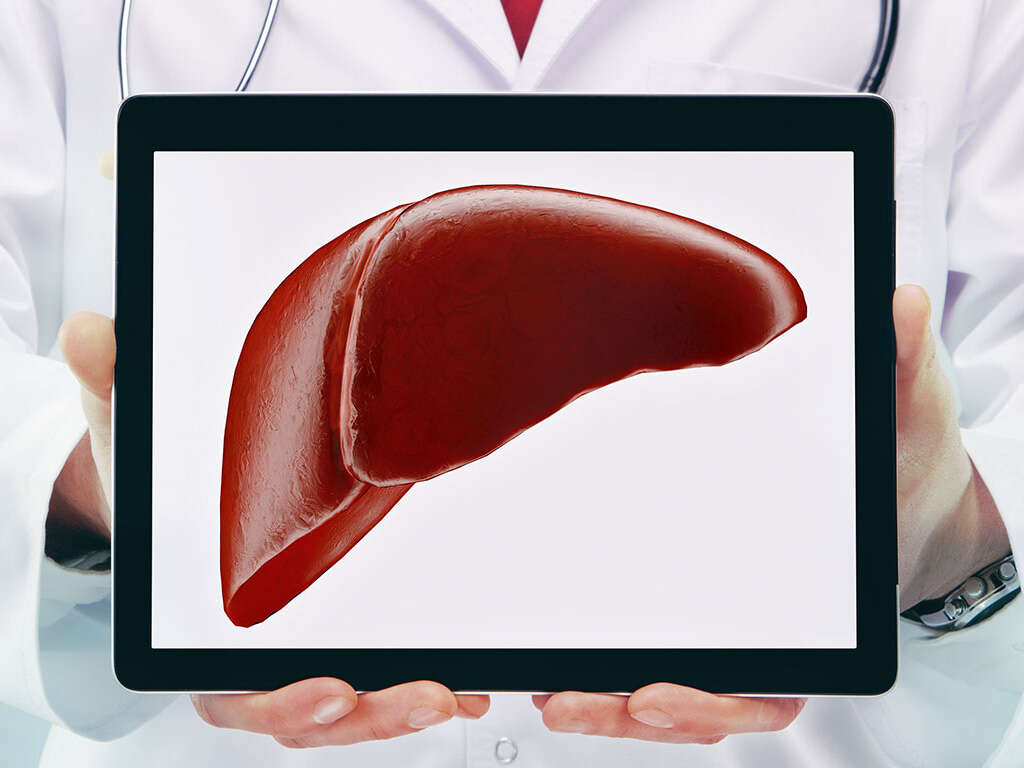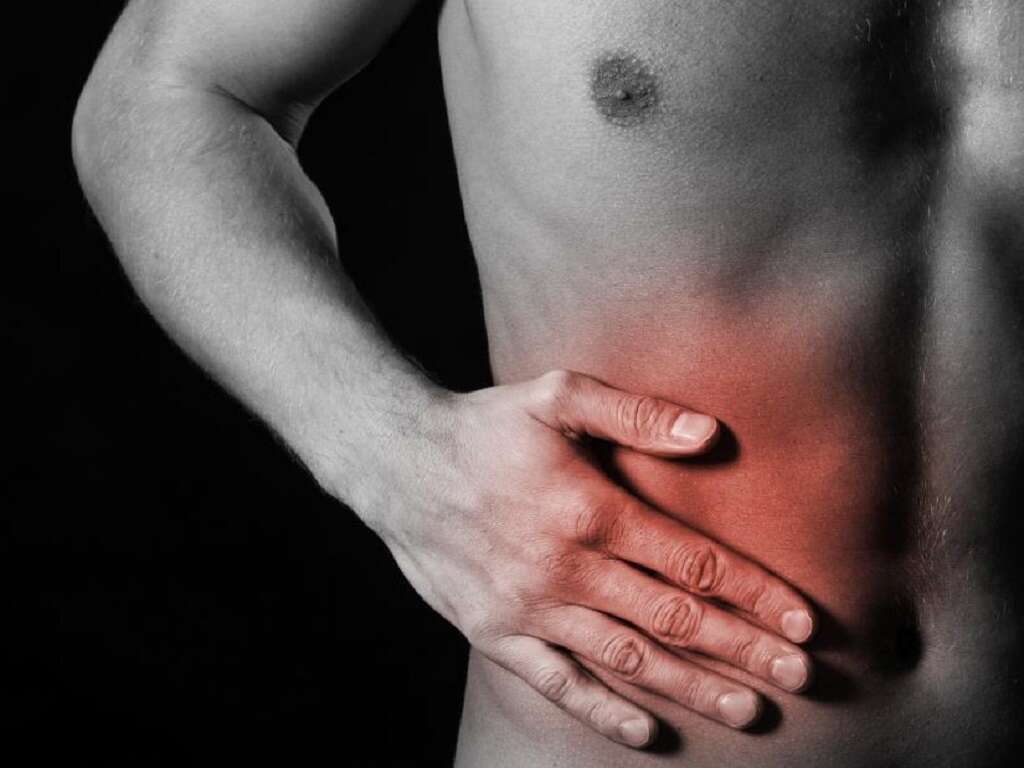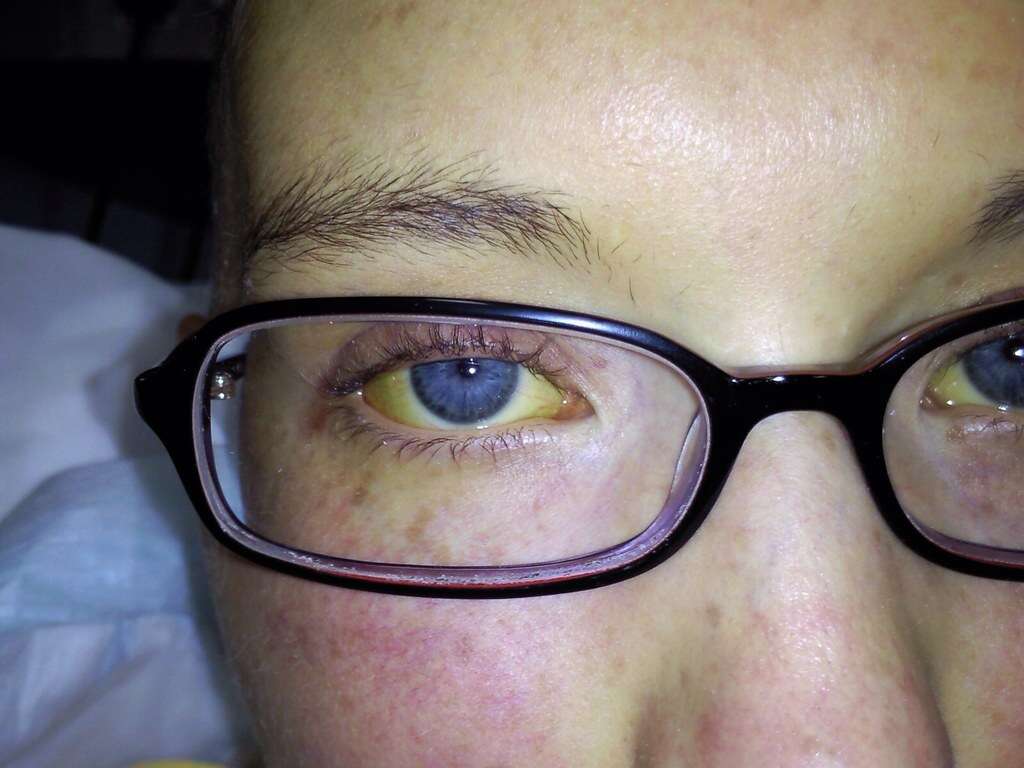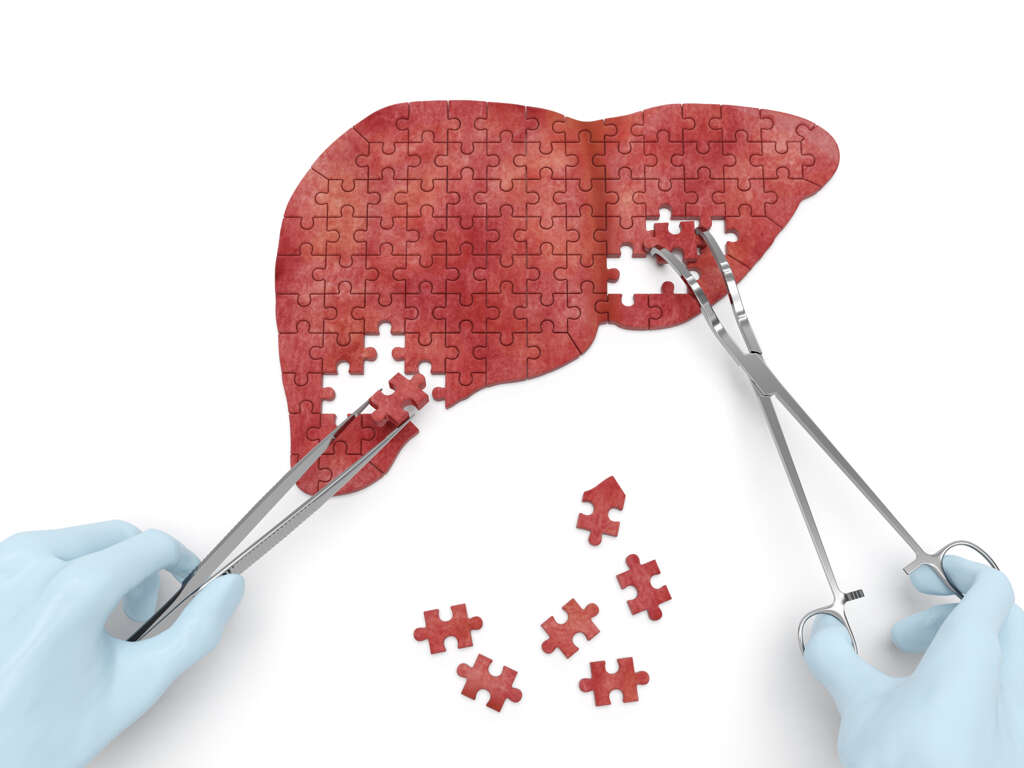10 Non-Alcoholic Fatty Liver Disease Symptoms
This is a term that is actually given to a range of conditions that can affect the liver. It is caused by excess deposits of fat accumulating in the liver, which cause it to lose its ability to function as well as it should. As the name suggests, it applies to conditions that are not caused by excess alcohol consumption.
It is not necessarily serious in itself, but it can develop into non-alcoholic steatohepatitis, which is somewhat more serious. It can also develop into cirrhosis.
Patients with the condition will generally need to revert to a healthy diet and a healthy lifestyle in order to prevent the condition from worsening. Below are 10 symptoms of non-alcoholic fatty liver disease to look out for.

Symptom #1: Fatigue
We get the energy that we need from the food that we eat. A calorie is basically a unit of energy, while different types of food are metabolized in different ways. This means that in addition to resting, eating can give you a boost whenever you are feeling tired.
The liver plays various important roles in the body and somebody with a liver that is failing will begin to feel fatigued a lot of the time. The exact reason for this is not well understood but it is thought that a lack of sleep could be a significant factor. Fatigue can be caused by a range of factors and you should arrange to speak with a doctor if you are suffering from this symptom.

Symptom #2: Larger Breasts in Men
Our bodily functions are affected a great deal by certain chemicals known as hormones. These can affect our mood, our personality, and even our physiology. If the natural balance of hormones in the body is affected then it can have a considerable impact on the patient overall.
A misfunctioning liver can affect the patient’s hormonal balance, often with some quite profound side effects. Such side effects can include the development of breasts in men as the hormonal imbalance begins to have an effect on the body. There are several factors that can cause this symptom and patients should arrange to get it checked out.
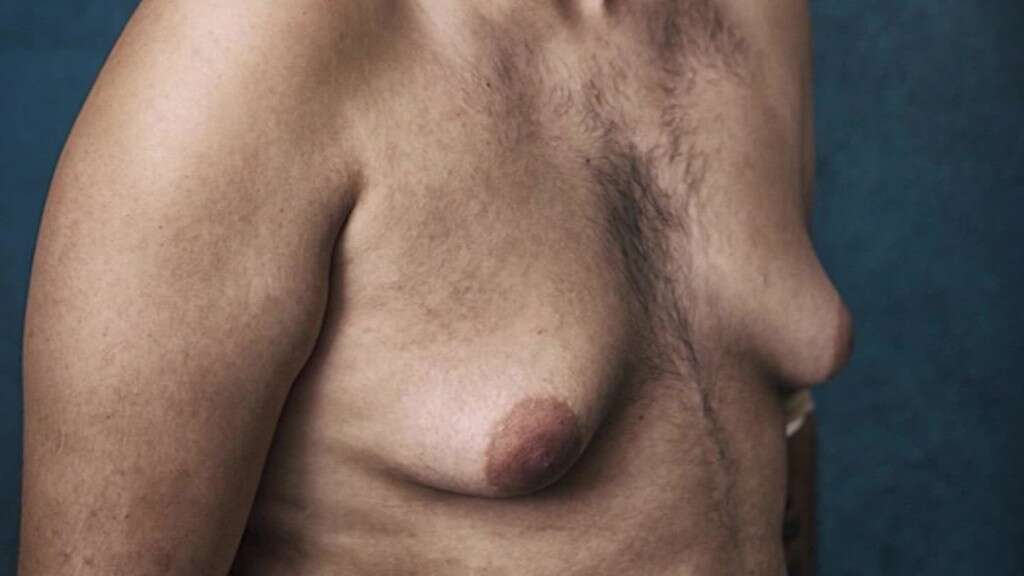
Symptom #3: Enlarged Spleen
The spleen is an organ which helps to filter blood. It helps to remove blood cells that are old while it also acts as a blood reserve. While it is possible to live without a spleen, it is only usually removed as a last resort because removing it can seriously impact the immune system.
One symptom of this type of liver disease is that the spleen can become enlarged. Quite often there are no other symptoms and the enlargement may not be noticed until a thorough examination is performed on the patient. Treating an enlarged spleen will depend on what is causing it.
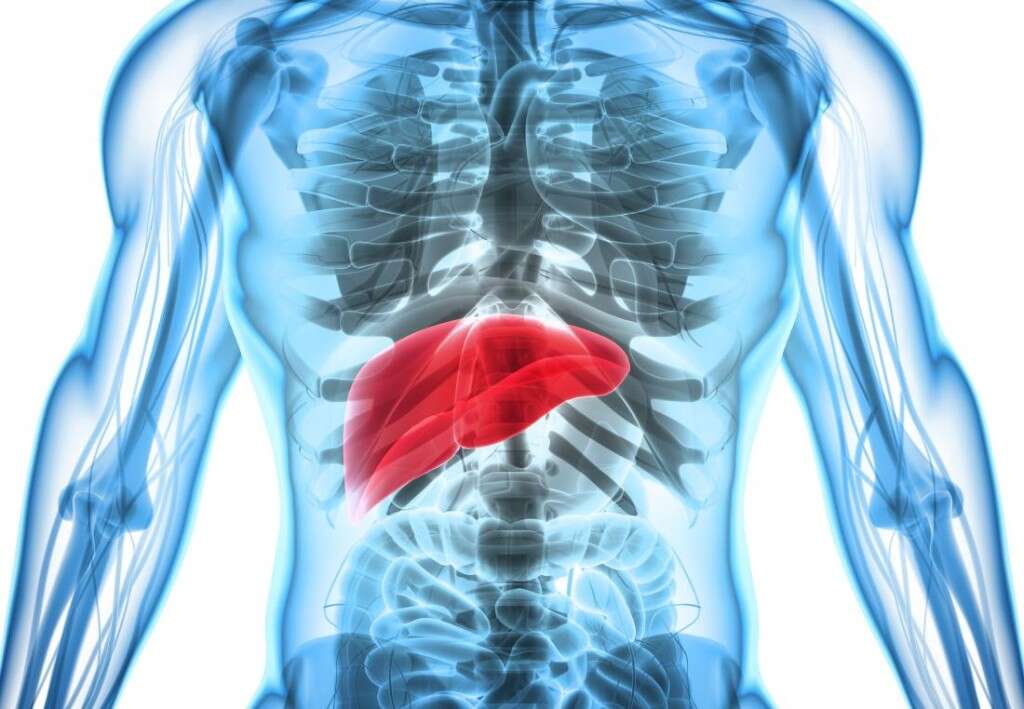
Symptom #4: Enlarged Liver
Our liver is a large organ. Indeed, it is the largest of all our internal organs and is generally about the same size as a football. It is located above the stomach and just below the chest line. If you are suffering from this type of liver disease, the liver may well become larger still.
An enlarged liver is likely to cause several symptoms in itself, some of which can be serious. An enlarged liver is not so much a disease in itself but is a symptom caused by an underlying problem. It is something that you should definitely get checked out.

Symptom #5: Abdomen Pain
Abdomen pains are not uncommon and are usually not something to be concerned about. Although uncomfortable, they are usually harmless and will pass within a few hours or so. Some pains are a sign of something more serious, though, and something you should definitely pay attention to.
If you are experiencing pain because of this kind of liver disease then you are likely to realize that it is down to more than just an upset stomach. In which case, you should arrange to speak with a doctor as soon as you can. The pain will generally be treated according to what is causing it.

Symptom #6: Ascites
Ascites is the technical medical term for an abdomen that has become swollen by fluids. It is caused by the build-up of fluids in the peritoneal cavity, which is where our digestive organs are found. It can be caused by numerous factors, including non-alcoholic fatty liver disease.
Ascites will generally go away by itself once the cause has been treated, although it might sometimes be necessary for the fluid to be drained from the body. If you do have ascites and you suddenly developed pain in the area and/or a fever then you should treat it as a medical emergency.

Symptom #7: Internal Bleeding
We tend to think of bleeding as blood coming out of the body. What we often forget is that we can bleed internally as well, and this can be quite a problem. Whereas with external bleeding the blood will usually just wash away, it can remain trapped with internal bleeding. In severe cases, it can be necessary to have the blood drained out from the body.
Internal bleeding, asides from standard bruising, is never a good sign and is something that should encourage you to see a doctor straight away. Another similar sign is that you bruise or bleed externally far more easily than you otherwise would.

Symptom #8: Jaundice
Perhaps the most tell-tale sign that there is something wrong with your liver is jaundice. This is the name given to the phenomenon of the skin and eyes turning yellow. Although it can be very noticeable, jaundice is not dangerous in itself even if it is a sign of a potentially serious underlying condition.
Jaundice is caused by the presence of bilirubin in the bloodstream. This is a substance that is a by-product of the breaking down of old red blood cells in the body. The bilirubin itself would also usually be processed by the liver, but when the liver is failing, bilirubin remains in the blood.
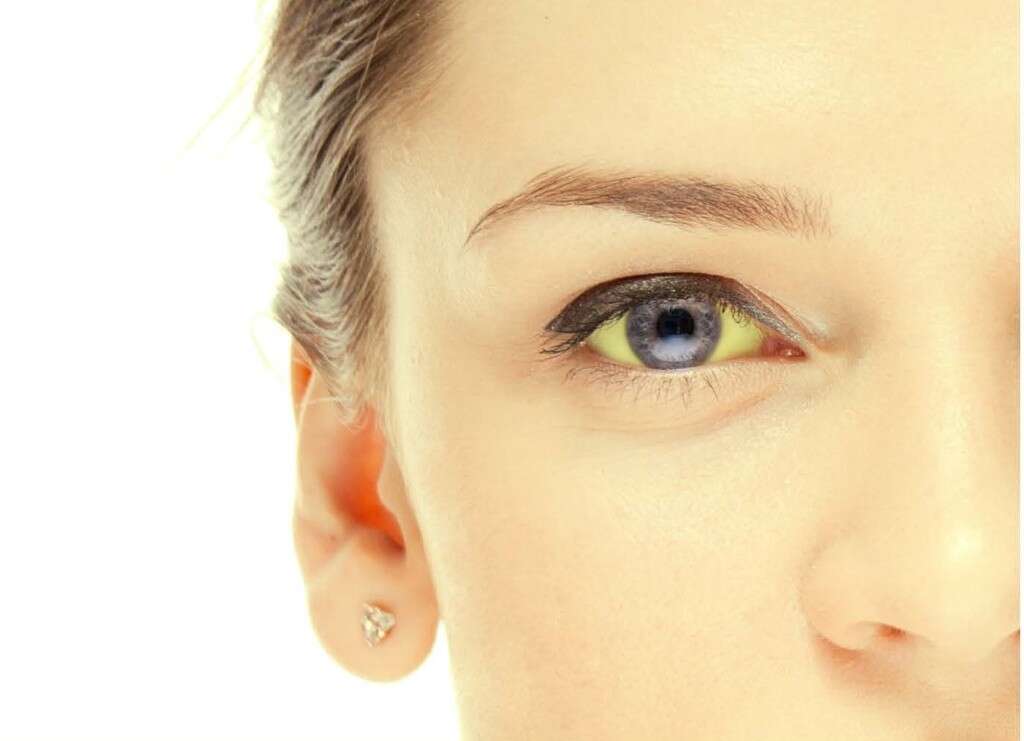
Symptom #9: Palmar Erythema
Palmar erythema is the word for a condition that causes the palms of the hand to appear red and blotchy. It most often occurs in pregnant women as a result of more than usual estrogen flowing through the body. With the body’s hormones thrown out of their natural balance, it can also occur in cases of non-alcoholic fatty liver disease.
Palmar erythema will mostly cover the base of the hands around the thumb area, but the whole hand can be affected. In some cases, the fingers can also become red and blotchy. It is something that should be checked out by a medical professional.
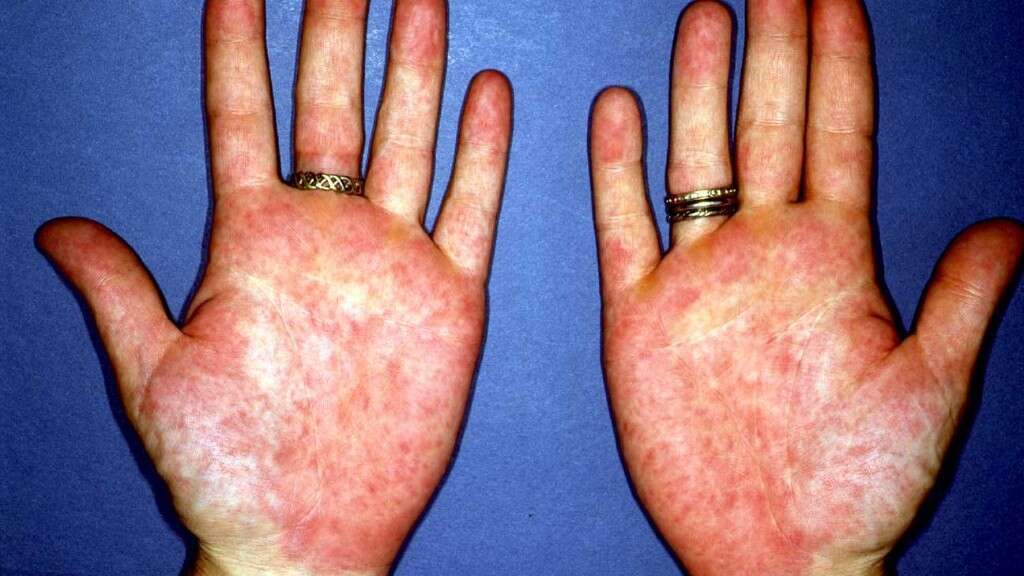
Symptom #10: Confusion
Our brains need a constant supply of oxygen to keep them functioning at 100%. This is supplied by the blood that carries oxygen with the help of red blood cells. To help the blood carry enough oxygen, it needs to be as clean as possible.
With the liver not functioning as well as it should, there are more toxins and other impurities flowing through the bloodstream. This affects the body’s ability to supply oxygen to the brain, causing us to become easily confused. Confusion can also be caused as a direct result of chemicals in the blood affecting the brain.




